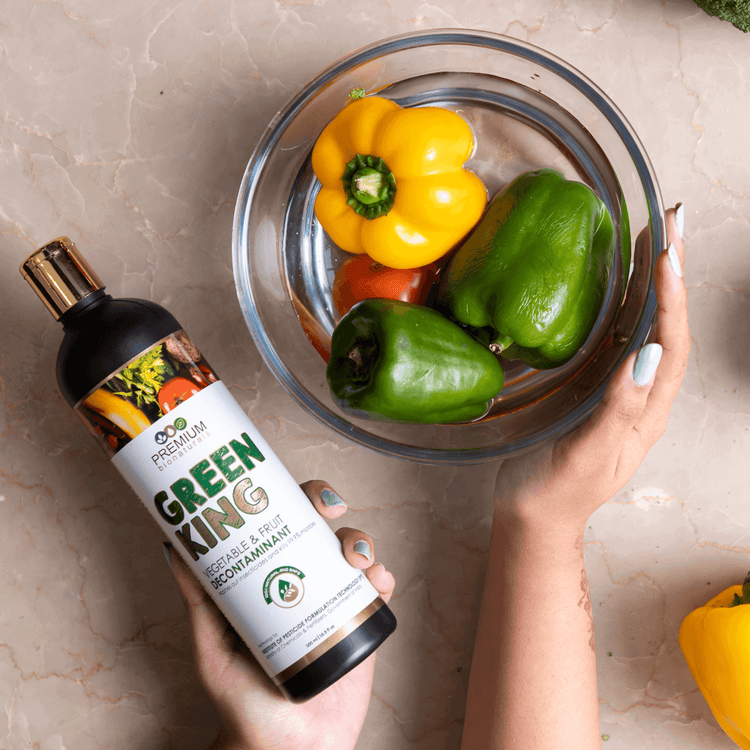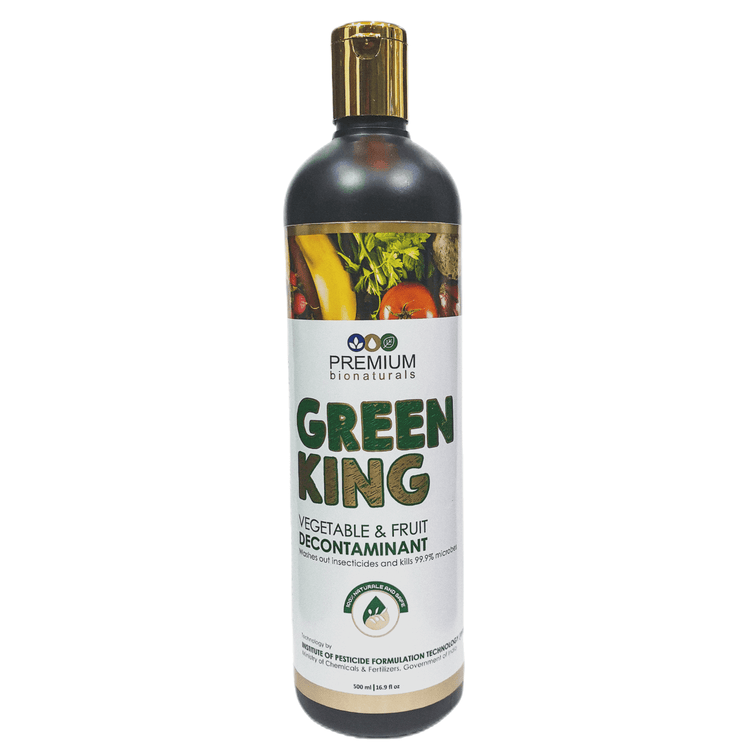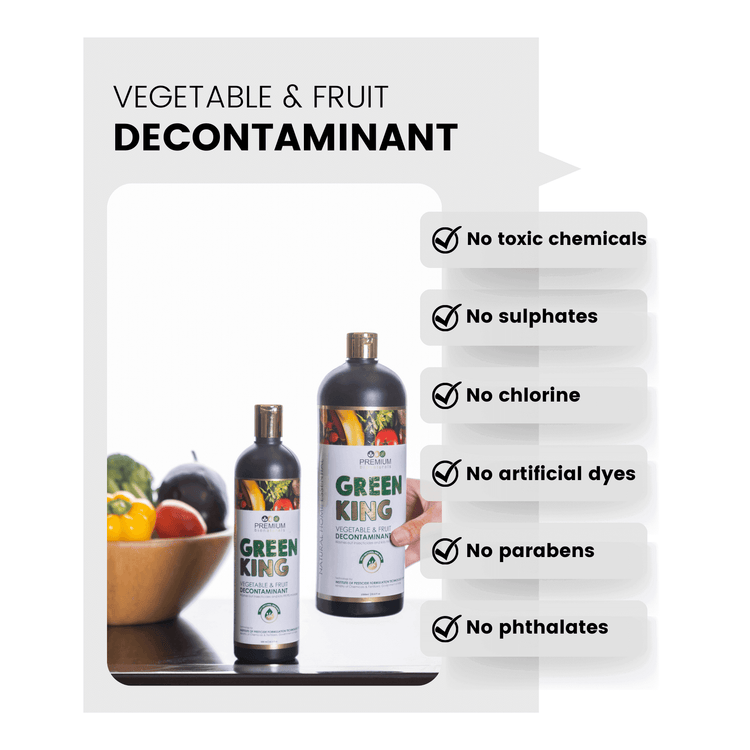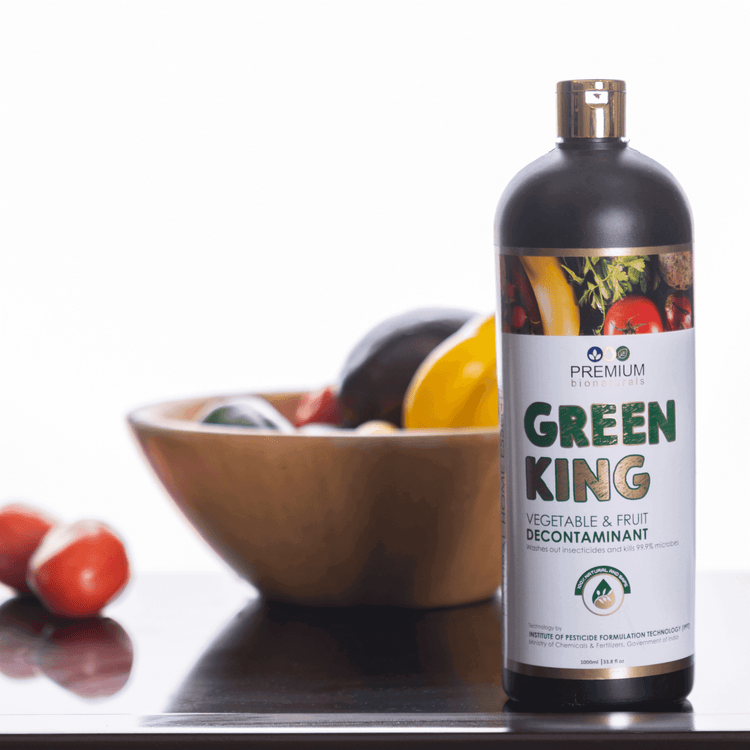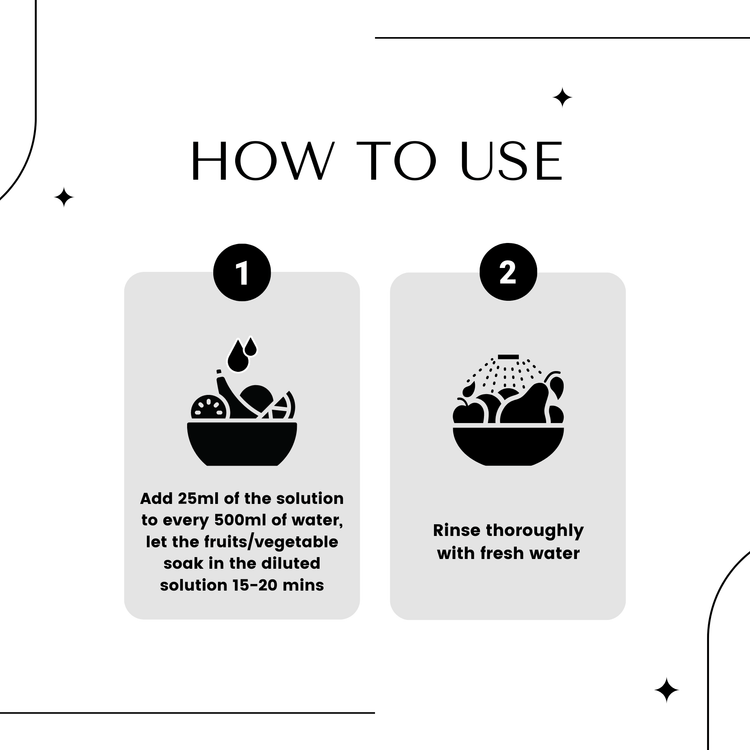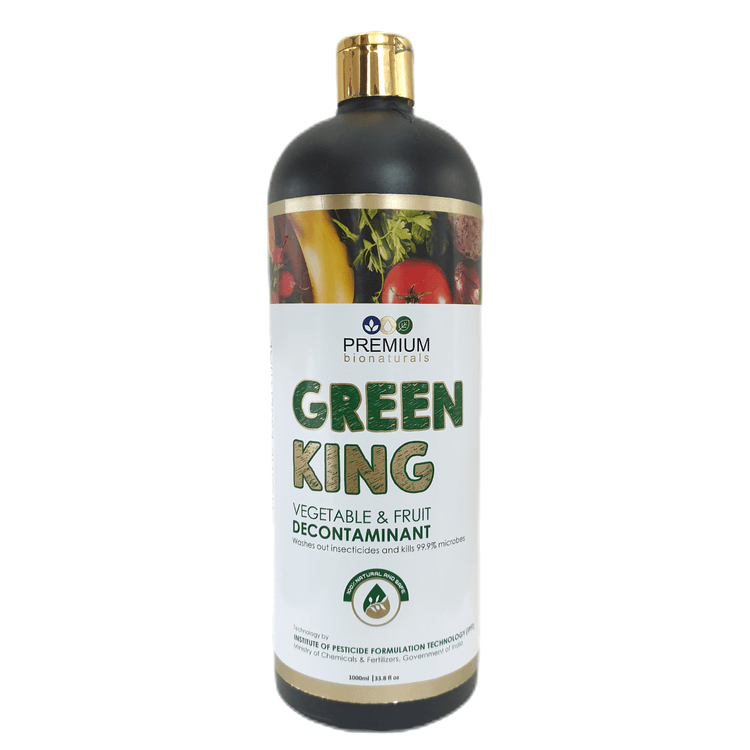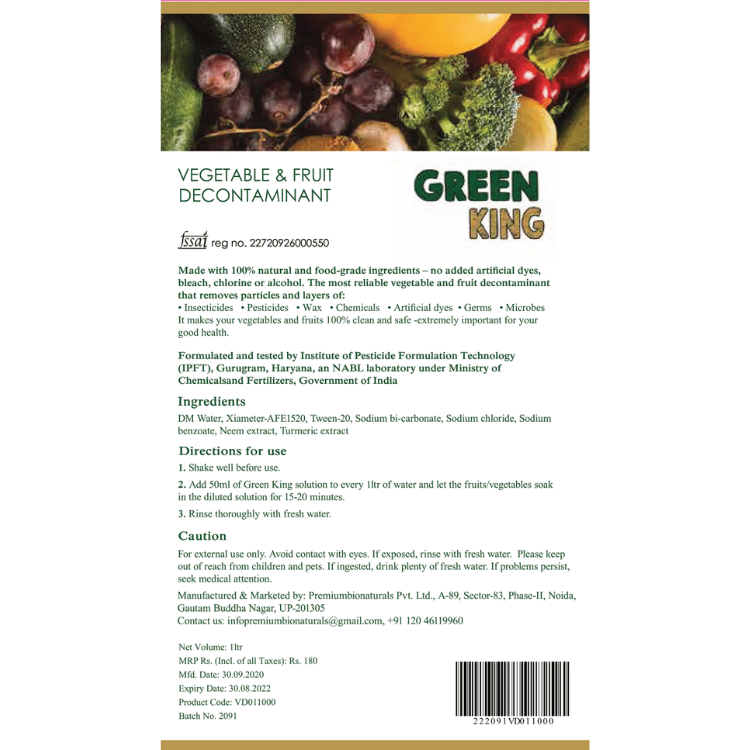For a very long time now, cleaning and sanitizing everything around us has been crucial to our health and lifestyle, which in turn paved the way for hundreds of thousands of harmful chemicals in cleaning products of all types. From household cleaning supplies to personal cleaning products, every one of these play an important role in our everyday lives but do we know the number of harmful chemicals that go in there to do the job? Do we know how it affects us and our surroundings? Do we know what it's doing to our bodies? People nowadays have started questioning these everyday products and we believe everyone deserves answers. Well, let's get you started with our body.

Many of us learned about maintaining hygiene from a very young age and that includes the use of surface cleaners, window & glass cleaners, kitchen cleaners, bathroom cleaners and floor cleaners to name a few of many different types available in the market. We all have a variety of fragrances to choose from and don't we just love the way they make us and/or our homes smell so pleasant and fresh! So easy to go with the habit that we don't even consider what breathing in these chemicals mean for our body, specifically our lungs.
When we breathe in these chemicals, it causes a lot of damage to our bodies both on the outside as well as the inside. These toxic home products can lead to serious health issues over time. The more often you clean, the more often you breathe the nasties in and the faster your lungs deteriorate as this exposure to toxic cleaning agents affects your inhaling and exhaling of air. This raises the question, are cleaning products toxic for your health?This results in breathing problems, asthma and can lead up to more serious respiratory diseases and/or conditions. If this is how it affects you and your body, imagine how toxic it could be to any pets and/or children in the house.
Top 10 Harmful & Toxic Chemicals to Look Out For

• 2-Butoxyethanol: Most commonly found in kitchen, window, and multipurpose cleaners. It can affect the health of your red blood cells.
• Ammonia: Found in glass and bathroom cleaners. It can irritate the eyes, skin, throat and lungs.
• Chlorine Bleach: A major ingredient in mildew removers, toilet bowl cleaners, and other household cleaning products. It is known to be a notorious respiratory irritant. Mixing chlorine bleach with ammonia can create highly toxic chlorine gas, which is why hydrogen peroxide is seen as a safer bleach alternative.

• Sodium Hydroxide: Mostly used in many oven cleaners and drain openers. It is a known mucous membrane irritant.
• Sodium Lauryl Sulfate (SLS): SLS produces the rich lather we've come to expect from cleansers, and it's found in almost all hand soaps, body wash and shampoos. It's a common eyes, mouth and skin irritant.
• Fragrance: This term in itself should ring warning bells as it is safe to assume this said "fragrance" is synthetic and is made of toxic petrochemicals to name one of the several harmful chemicals. It has been linked to many skin, kidney, respiratory, and cellular issues.
• Parabens: These antimicrobial, chemical preservatives are used in majority of the cleaning products. They have been linked to problems in the breasts, hormones, and reproductive systems.
• Phthalates: Commonly found in dish soaps, detergents, and shampoos, phthalates have been demonstrated to have a deleterious influence on lung health and reproductive function, as well as causing DNA damage.

• Triclosan: An antibacterial agent found in a variety of products such as dish soap, deodorant, toothpaste, and even mops. Triclosan can cause greater sensitivity to the environment, as well as detrimental cellular and endocrine alterations, in addition to disrupting microbial equilibrium and invading living tissue. Thankfully, Triclosan was recently prohibited by the FDA in hand and body soaps, but you’ll still need to be on the lookout for these toxic ingredients in other cleaning products.
• Volatile Organic Compounds (VOCs): These are frequently used in products including household cleaners, disinfectants, and air fresheners which describe themselves as "organic". It can cause problems with the eyes, liver, neurological system, respiratory tract, and skin, as well as GI pain and balance issues.

Looking out for these chemicals and avoiding toxic cleaners in your household are both positive steps taken to ensure the safety of you and your loved ones, as well as protect our precious planet. It is a win-win situation for everyone so do the right thing and make the right choice - choose to become more conscious!
In a world where cleanliness and hygiene are rightly prioritized, it's equally important to be aware of how we’re achieving it. The very products designed to keep our homes spotless and fragrant may be silently compromising our health and the environment. That’s why making a conscious shift towards safer, non-toxic alternatives is no longer just a preference—it’s a necessity.
Check out the Premium Bionaturals Hygenia range, carefully formulated to be free from all harmful chemicals. Our products use biodegradable ingredients that are tough on dirt and grime but gentle on your home, your body, and the planet. No compromises on effectiveness—just a safer, smarter way to clean.
Take the first step towards a healthier lifestyle today. Clean with care, clean with confidence—because your home deserves nothing less.










